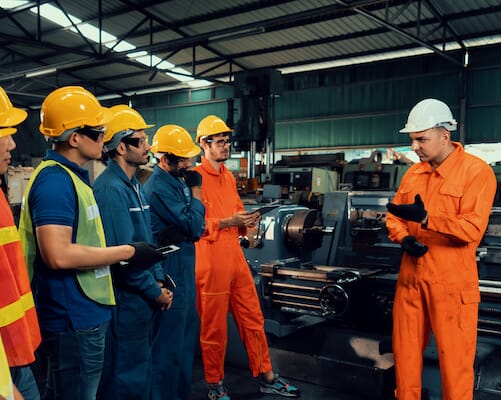
Air Compressor Safety: 8 Essential Tips
June 7, 2023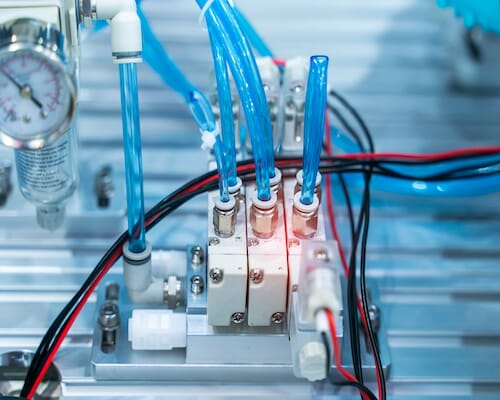
Eight Causes of Compressed Air Leaks and How to Find Them
June 21, 2023Four Reasons Your Plant Needs a Backup Air Compressor
Kaishan USA | June 14, 2023 | Uncategorized
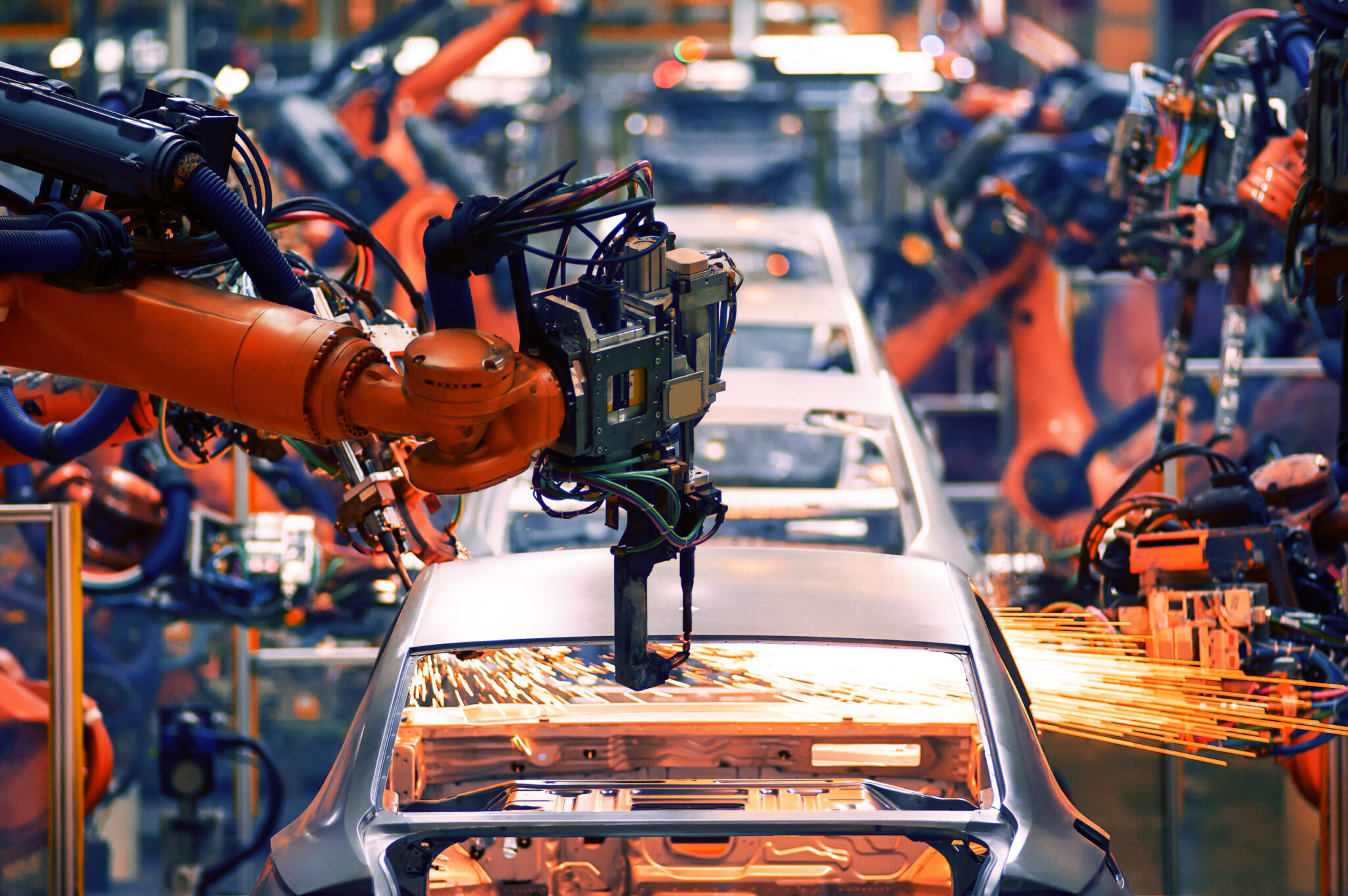
Automobile manufacturers can't afford to be without redundancies, such as reliable backup air compressors. Lost production in the auto industry costs $3 million per hour. That’s $50,000 per minute.
Do you need a backup compressor?
Admittedly, some companies may not. Compressed air may not be an essential service for these companies. Loss of that fourth utility might not cause their operations to shut down.
But most companies are not in that position. They rely on compressed air in dozens of applications. For material handling pneumatics, painting and sandblasting.
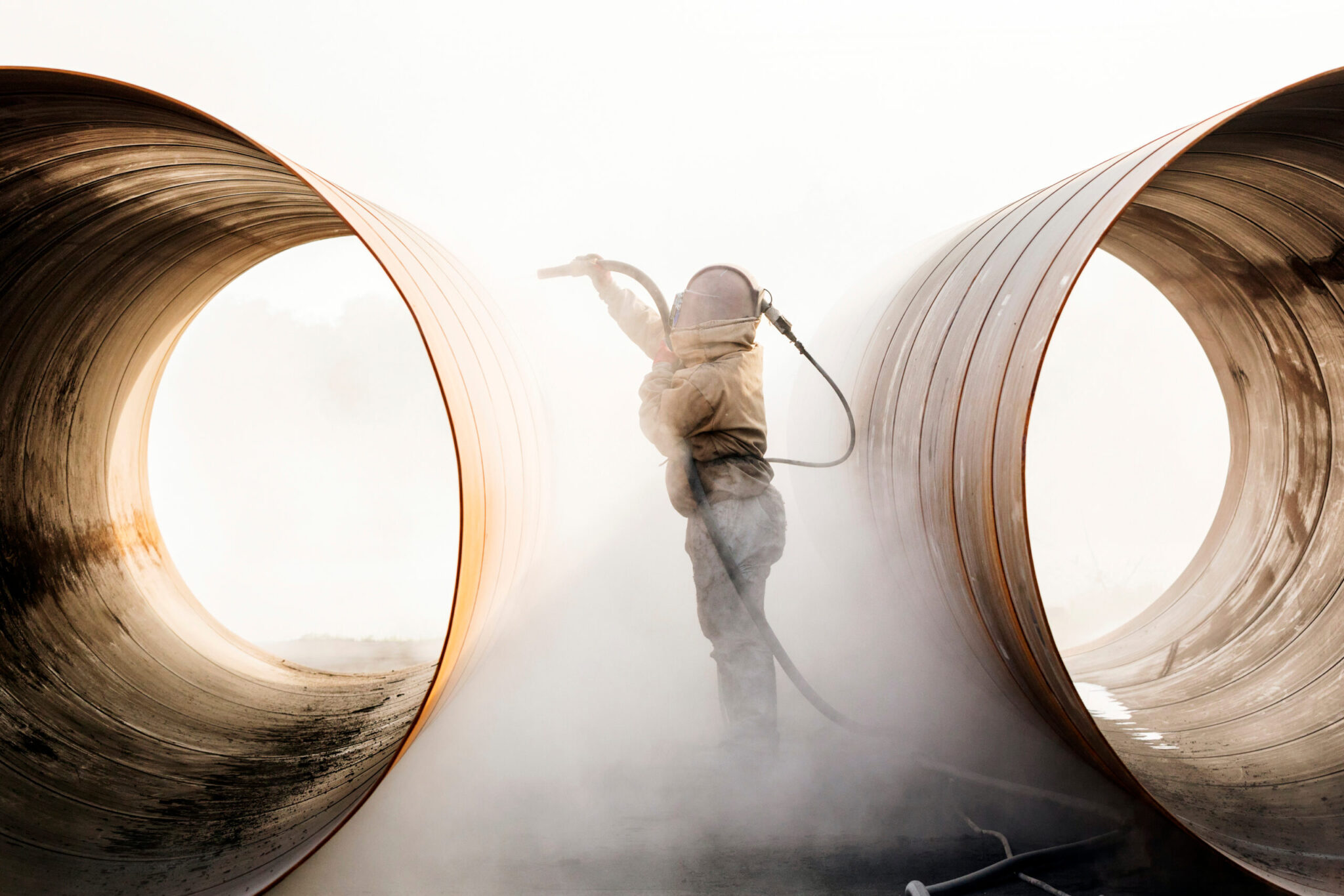
Sandblasting comes to a complete stop without compressed air. (For more on sandblasting, see our recent blog post, “Best Screw Compressors for Sandblasting.”
Operating hand tools like nail guns, impact wrenches and staplers. To drive cutting and welding equipment. Molding, packaging, drilling and blasting equipment. The list goes on and on.
Imagine what happens to mining operations, car assembly, food processing plants, large farming operations and even oil and gas exploration, if compressed air is not available. It’s not a pretty sight.
Compressed air is an essential part of the operation in most of these settings. Perhaps enough to shut down production.
In most cases then, a backup compressor is essential. It delivers four crucial benefits to any operation:
1. Eliminate downtime
2. Increase reliability
3. Simplify maintenance
4. Increase equipment life
We’ll take them in order.
1. Eliminate Downtime
Industry by industry, company by company, application by application, the best managers know the answer to that all-important question: What does downtime cost?
And, in most cases, they find a few hours of downtime more than make up the cost of a backup compressor. According to a recent survey assessing downtime per industry, lost production in higher-risk industries averages as much as $5 million an hour. For telecommunications, it’s $2 million, and energy is at $2.48 million per hour.
At that rate, even a few minutes of manufacturing downtime can finance an entire fleet of backup compressors. And in other industries, like food and beverage or semiconductor fabrication, downtime could mean entire batches of product have to be discarded.
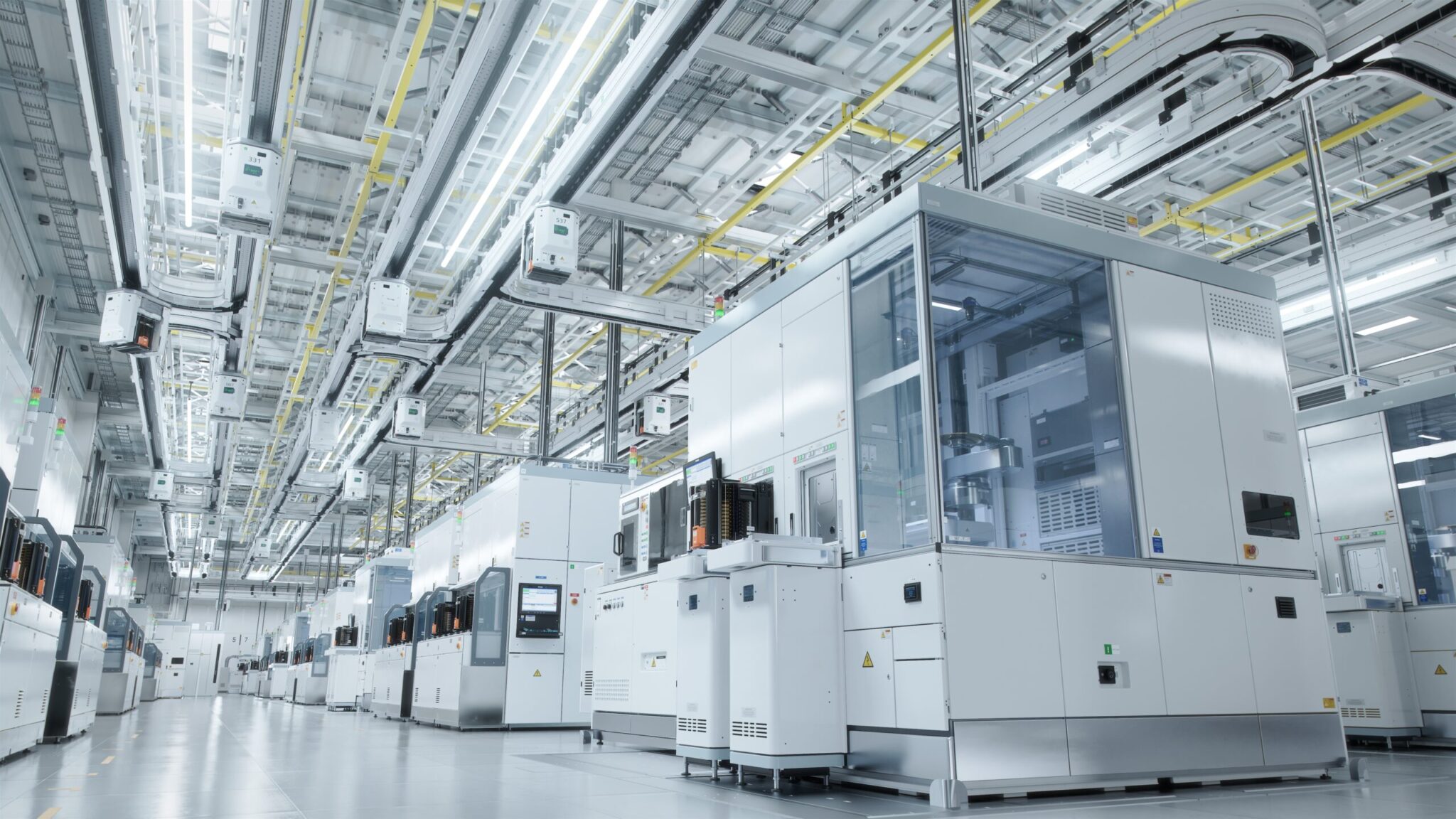
Downtime in a semiconductor fabrication plant, could mean entire batches of product have to be discarded.
The good news is that, compared to downtime, adding a backup air compressor is a cost-effective and even strategic move. And it moves production planning to a whole new level.
Taking Your System to the Next Level
To ensure reliability and virtually 24-hour availability, we recommend taking a comprehensive approach to your compressed air system.
Specifically, we encourage our customers to adopt a three-compressor approach involving base, trim and backup units, as follows:
A base load compressor. As it sounds, the base load compressor is designed to meet the minimum compressed air load for your system.
It is not intended to fluctuate in output as demand goes up and down. Rather it is run full bore—at 100% of capacity, or it is turned off. For those occasions when you need a small amount of capacity, significantly below the base load—like weekends, holidays or a minimal third shift—we usually recommend meeting that need with a trim compressor (described below).
As a result, the most common types of air compressors used for base load units are rotary screw models like the Kaishan KRSP premium rotary screw air compressor and the Kaishan KRSP2 premium rotary screw air compressor. Centrifugal compressors can also be used, but are limited to the largest applications because of their high initial costs. The goal at this stage is to get the most flow (CFM) for the amount of energy expended (kW).
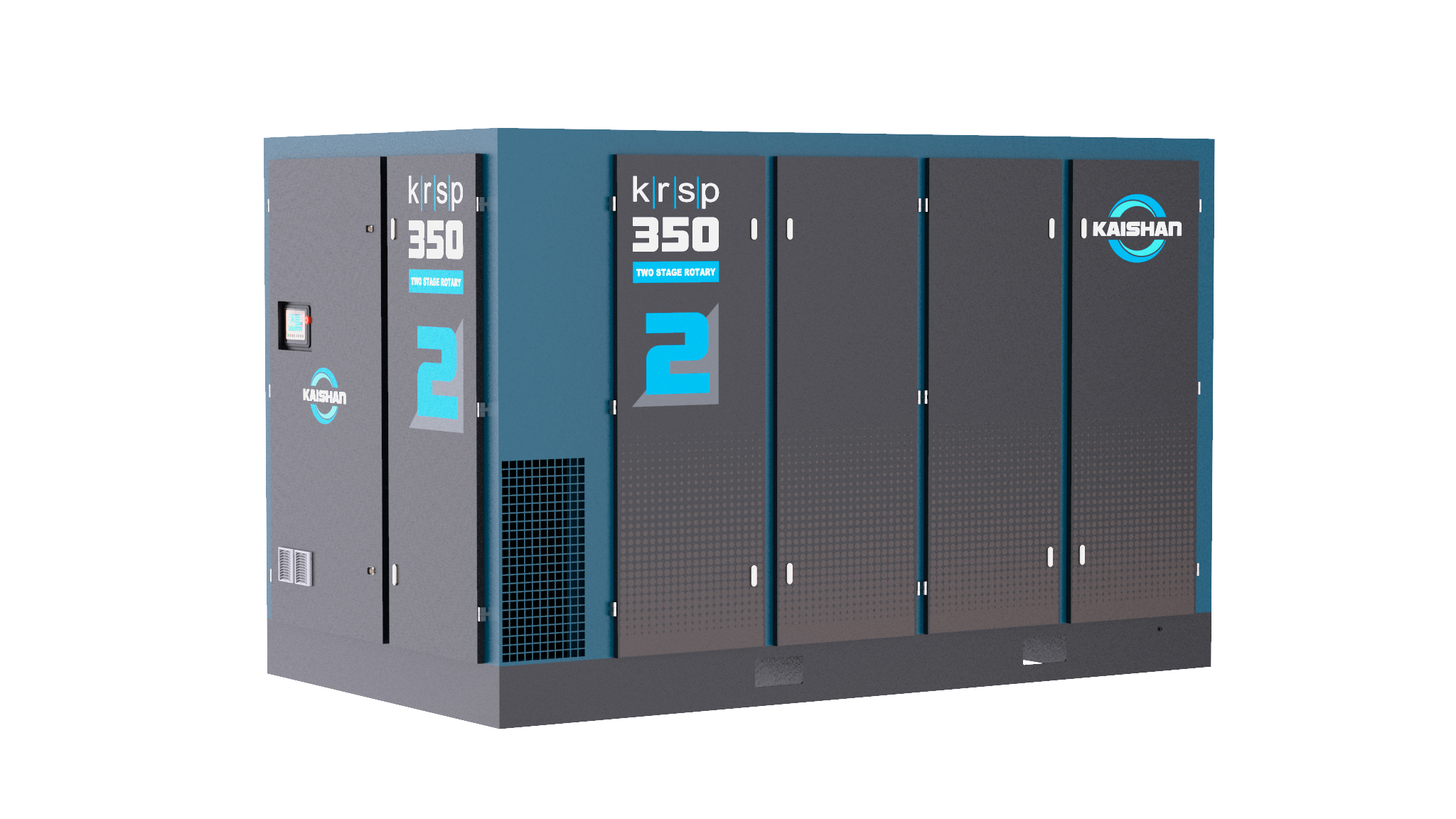
Two-stage rotary screw compressors like the Kaishan KRSP2 premium rotary screw air compressor are an excellent choice for base load compressors.
A trim compressor. Trim compressors are designed to handle fluctuations in demand above the base unit. Since the level of flow needed will rise and fall depending on the needs in your system, rotary screw compressors are a natural for this application.
Equipping them with a variable speed drive makes them even more cost-effective and energy efficient.
A backup compressor. We recommend completing your system with a backup compressor, which can be on standby if a base or trim unit goes offline. To fill in appropriately, it should be the same size as the base load compressor.
Together, the three compressors have you covered in your likely demand profiles as shown in the graphic below.
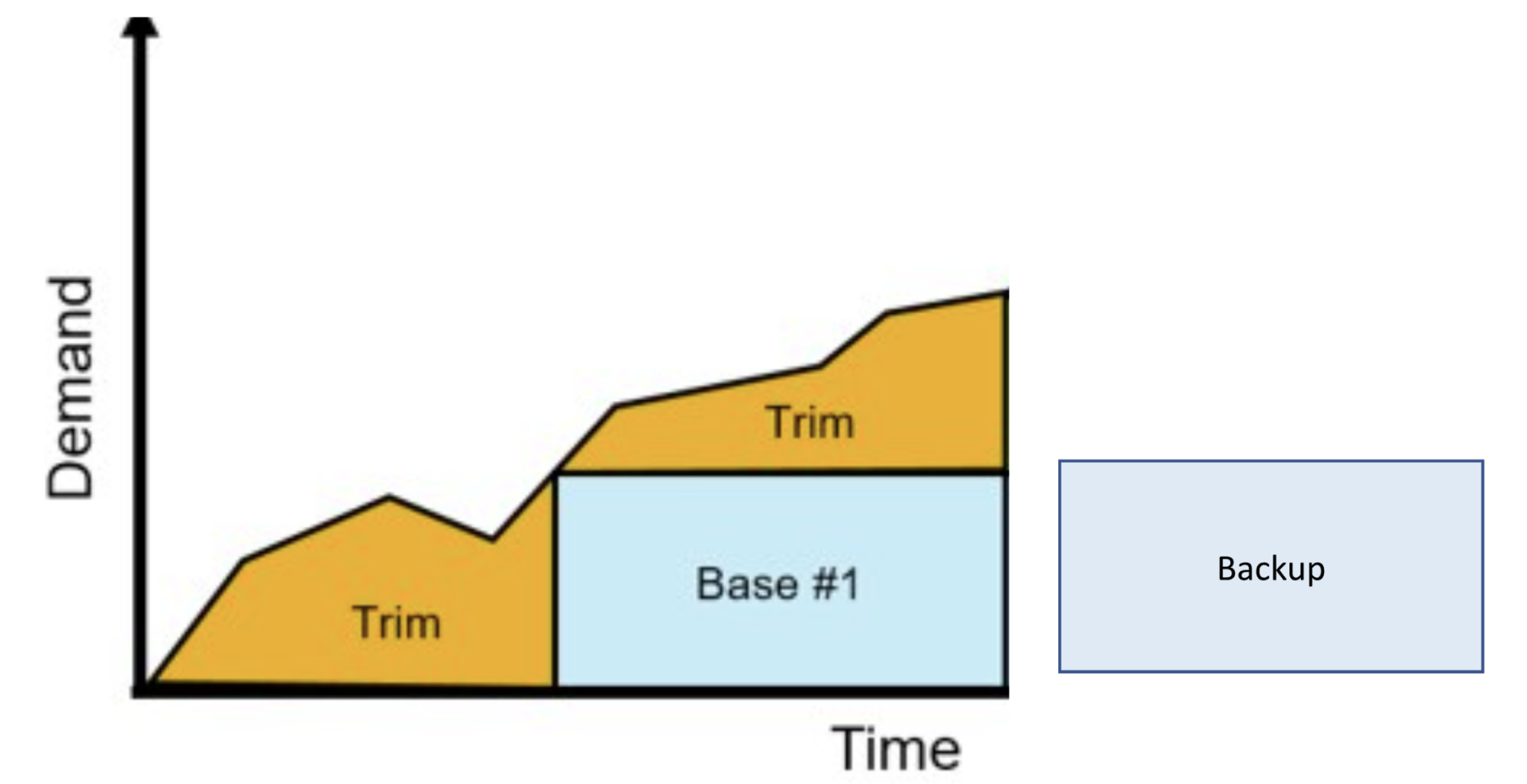
In a three-compressor system, starting from left, a trim compressor handles the load on weekends, holidays or a limited third shift. Then, in the center, when you’re operating at normal levels, the base unit comes on and immediately goes to full capacity. The trim compressor then kicks in as needed to handle fluctuations in demand. An additional backup unit is in place should one of the other units fail.
2. Increase Reliability
Deploying three compressors, as mentioned, virtually eliminates downtime. A highly reliable rotary screw air compressor always waits in the wings as a backup should a base load or trim unit fail.
But that is not the only benefit related to reliability. Using the three-compressor approach, both pressure (PSIG) and flow (CFM) are more consistent and reliable.
3. Simplify Maintenance
With a backup unit always on standby, you don’t have to wait for weekends, holidays or planned shutdowns. Instead, you can activate the backup unit and take a base or trim unit down for maintenance during regular work hours.
Once again, we recommend rotary screw air compressors for backups to give you the full trim-compressor advantages you need.
4. Increase Equipment Life
And there’s more. Adding some additional controls allows you to do load sharing among all three compressors, base, trim and backup. The advantages include:
Sharing the load among the three units reduces the wear on each one, lengthening their service life. So rather than taking one unit right to the limit of its useful life, you can share the load among all three, distributing the hours of operation equally.
You may choose to implement load sharing with a master controller. However, Kaishan rotary screw air compressors are easily integrated into a working network. Simply daisy-chain them together and follow the prompts.
If you’re moving from a one-compressor operation to three, you can even incorporate your existing compressor as a base or backup unit.
Make Sure Your Backup Doesn’t Disappear
Unfortunately, backup units all too often lose their primary purpose, turning into base units. Here’s how:
Demand goes up. But it’s not because you added new tools or end uses. Instead, it is because the number of leaks in your system has increased.
All too often, companies put a Band-Aid on the problem by running the backup to make up the “added” demand.
That means it’s no longer a backup because you need it to meet “normal” demand. And the leaks will only get worse. So, you’ll want to ensure you’re not adding unneeded air compressor capacity, when you should be plugging leaks.
For more on addressing leaks, read our blog post, “How to Find and Stop Air Leaks.”
Local Help in Designing Your Air Compressor System
Selecting a backup and integrating it into a coordinated system can help eliminate downtime, increase reliability, simplify maintenance and improve equipment life. If you need help selecting the right air compressors for your facility, get in touch with your air compressor professional. A good first step might be an air audit. For more information, see our recent blog post, “When to Do a Compressed Air Audit, When to Do an Assessment.”
We work with a nationwide network of independent distributors, who have the skills and experience to provide on-site help and consultation. These factory-trained air compression experts have an investment in their local communities and help you operate your air compressor system safely.
Key Takeaways
-
-
- Backup benefits. Adding a backup to your compressed air system can help eliminate downtime, increase reliability, simplify maintenance and improve equipment life.
- Eliminate downtime. Adding a backup compressor can help you virtually eliminate costly downtime.
- Increase reliability. A three-compressor system featuring base, trim and backup units can help you deliver more consistent and reliable pressure (PSIG) and flow (CFM).
- Simplify maintenance. With a backup unit in place, you don’t have to wait for weekends, holidays or planned shutdowns to do routine maintenance.
- Improve equipment life. Doing load sharing enables you to reduce the amount of wear on your compressors, prolonging their useful life.
-
We Have Your Backup
Kaishan has a full line of rotary screw air compressors that will help you cut downtime and improve the reliability of your compressed air system. If you need help selecting the right equipment for your needs, get in touch with the experts at Kaishan. Contact us today.
Random stat or
customer quote
textXXtext
text
Automobile manufacturers can’t afford to be without redundancies, such as reliable backup air compressors.

